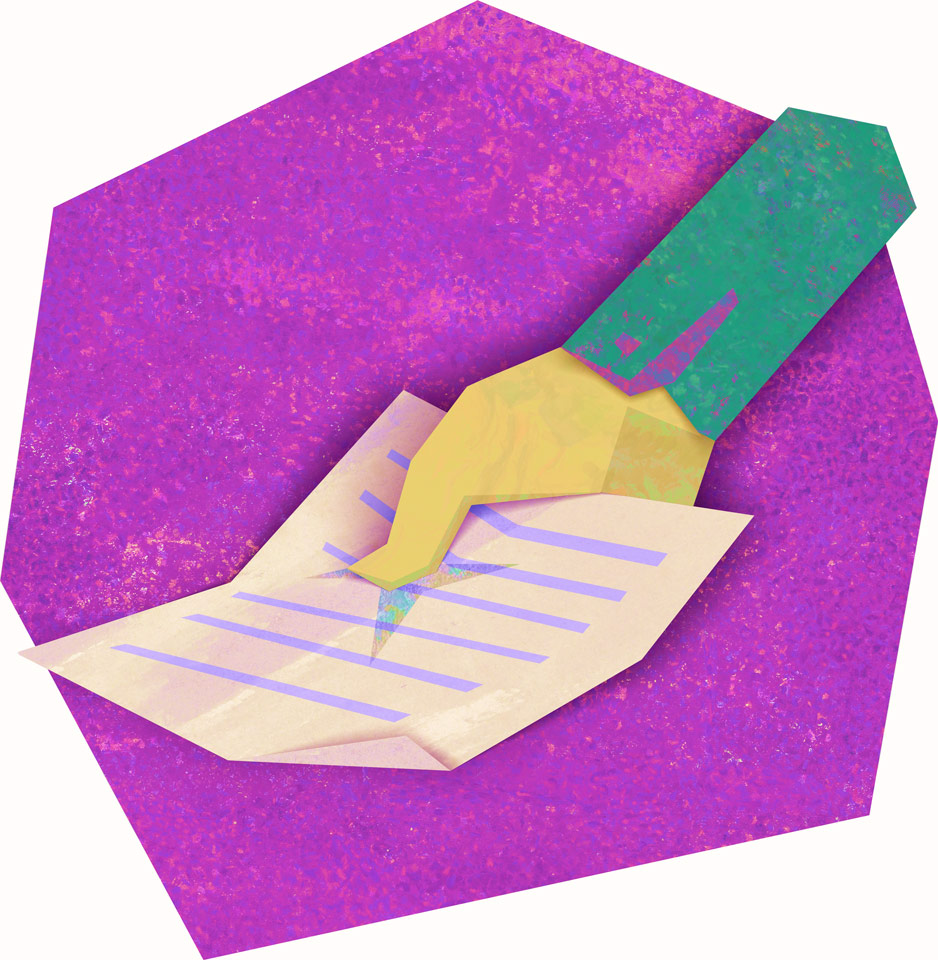Through the lesson, students gain insight into decision-making at the Supreme Court, learn about the people behind the case, construct a persuasive argument, and evaluate the significance of Brown v. Board of Education.
Our Heritage of Liberty: The Bill of Rights
This lesson explores one of the toughest political fights in American history – over a bill of rights for individuals – and the outcome that became a symbol of liberty and freedom in America.
Actions That Changed the Law: Ledbetter v. Goodyear
This lesson tells the law-changing story behind the Lilly Ledbetter Fair Pay Act of 2009. Students gain insight into law-making process and consider how statutory decisions made by the U.S. Supreme Court can prompt better laws.
A Conversation on the Nature, Origin and Importance of the Supreme Court
This lesson explains the structure and function of the judicial branch. Students will learn how the Supreme Court originated, how cases are selected, and why it is an important institution.
One School’s Fight: The Making of a Law
Through this lesson, students will learn about the dynamic interconnections of people, principles, and process that are involved in making federal laws.
U.S. Generals…Support the Draft
Critical Thinking
This lesson examines an anti-war advertisement sponsored by Americans Against Escalation in Iraq asserting that military officials plan to continue the war in Iraq for an additional 10 years and that that plan will require reinstating the draft.
The Credibility Challenge
Critical Thinking
This lesson offers students background and practice in determining authority on the Internet – how to tell whether an author has expertise or not, and whether you’re getting the straight story.
The Battle of the Experts
Critical Thinking
In their effort to get to facts that are as objective as possible, students will examine the differences between primary and secondary sources, check the track records of different sources, and practice looking for broad consensus from a range of disinterested experts.
Pump It
Critical Thinking
In this lesson, students will: Examine an ad from John McCain claiming that ending a ban on offshore drilling would have an effect on current gasoline prices. Research the offshore drilling process and explore the connections between drilling for oil and current gasoline prices. Assess whether McCain is correct to link the ban on offshore drilling with high gas prices.
PETA Pressure
Critical Thinking
Some manipulators focus their attentions on teenagers. In this lesson, students will learn to spot their tactics and why they should be skeptical about them.
Olly Olly Oxen Free!
Critical Thinking
Students will explore the meaning of the term “sanctuary city” and determine for themselves whether New York City ought to be designated a sanctuary city.
Oil Exaggerations
Critical Thinking
President Barack Obama has said that “we import more oil today than ever before” – but do we? How can you find out? In this lesson, students will weigh Obama’s superlative claim against the facts.
Monty Python and the Quest for the Perfect Fallacy
Critical Thinking
This lesson will focus on 10 fallacies that represent the most common types of mistakes in reasoning, using Monty Python and popular culture to make the lesson relatable.
Made in the U.S.A.
Critical Thinking
Democratic presidential candidate John Edwards wanted to stop U.S. companies from moving jobs offshore, and a group called Working 4 Working Americans ran an ad in support of his plan. But the story the ad tells doesn’t quite give the whole picture. In this lesson, students will examine the facts behind this potentially misleading ad.
Health Care Hooey
Critical Thinking
This lesson comes in a basic version, for classrooms without internet access and/or students at the 8th-9th grade level, and a more advanced version, which does require internet access and is aimed at students at higher grade levels.
Everything You Know is Wrong 2: Beliefs and Behavior
Critical Thinking
This is the second of two lessons focusing on the instincts and habits of mind that keep us from thinking logically. This time around, we will focus on how people reconcile their beliefs with the world around them, even when the evidence doesn’t seem to agree with those beliefs.
Everything You Know Is Wrong 1: Us and Them
Critical Thinking
In this lesson, students explore some of the irrational ways in which humans think, and learn to recognize and overcome the habits of mind that can get in the way of good reasoning.
Combating the Culture of Corruption
Critical Thinking
In this lesson, students will: Examine an e-mail from the Democratic National Committee that attacks John McCain, the presumptive Republican presidential nominee, for looking the other way during a bribery and corruption scandal. Research McCain’s role as head of the Indian Affairs Committee and explore the history of the investigation into the scandal. Assess whether or not the DNC’s e-mail accurately describes McCain’s actions regarding the scandal.
Building a Better Argument
Critical Thinking
In this lesson, students will learn to create good arguments by getting a handle on the basic structure. The lesson will provide useful tips for picking out premises and conclusions and for analyzing the effectiveness of arguments.
Background Beliefs
Critical Thinking
In this lesson, students will learn to distinguish between the two different types of background beliefs: beliefs about matters of fact and about values.
A Conversation on the Japanese Internment Cases
Essential Question: Should the executive branch have the authority to deny individual rights and liberties during times of war, even if it is done in a discriminatory way?
